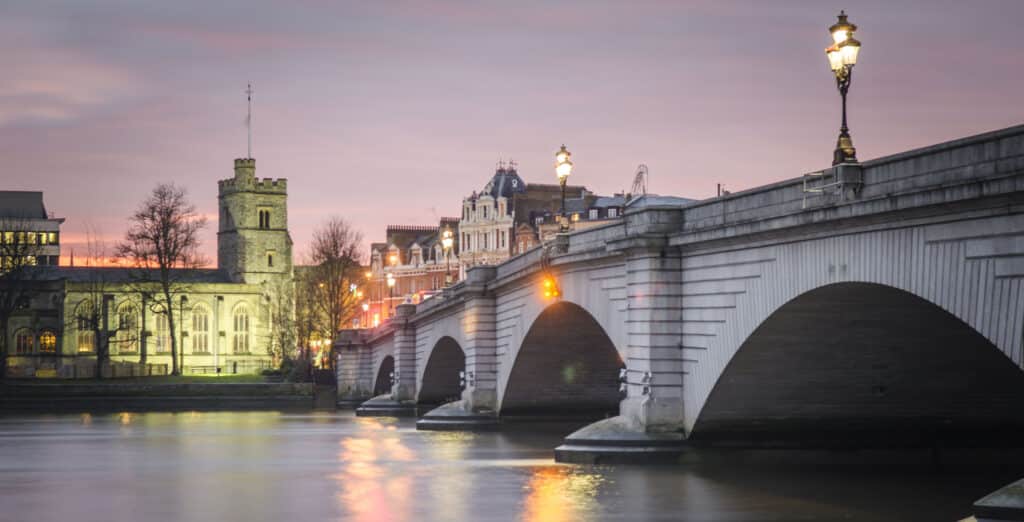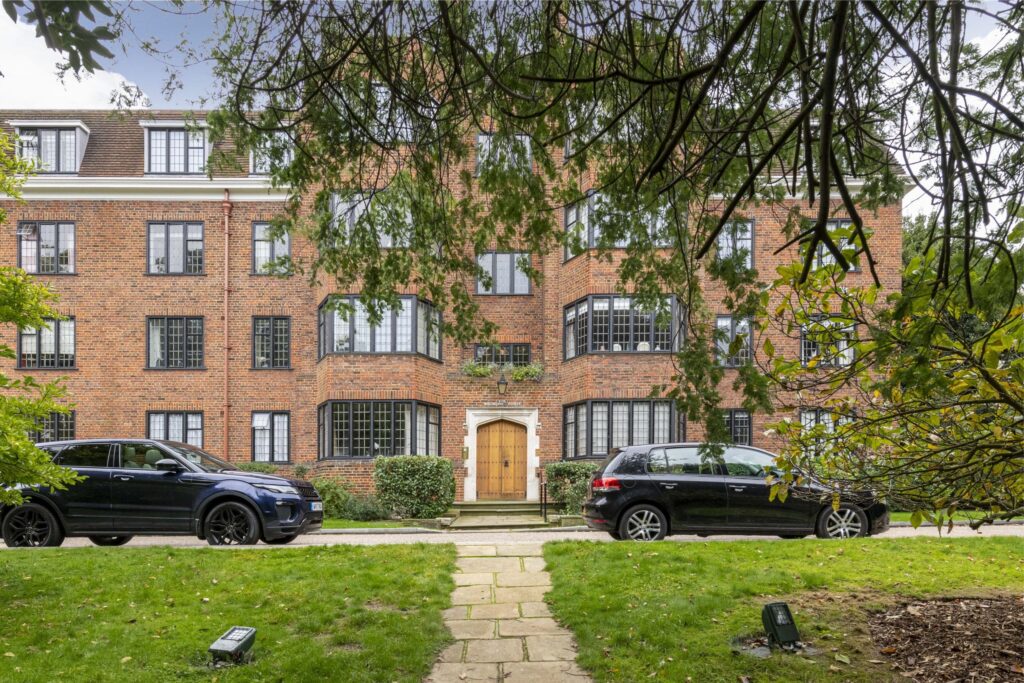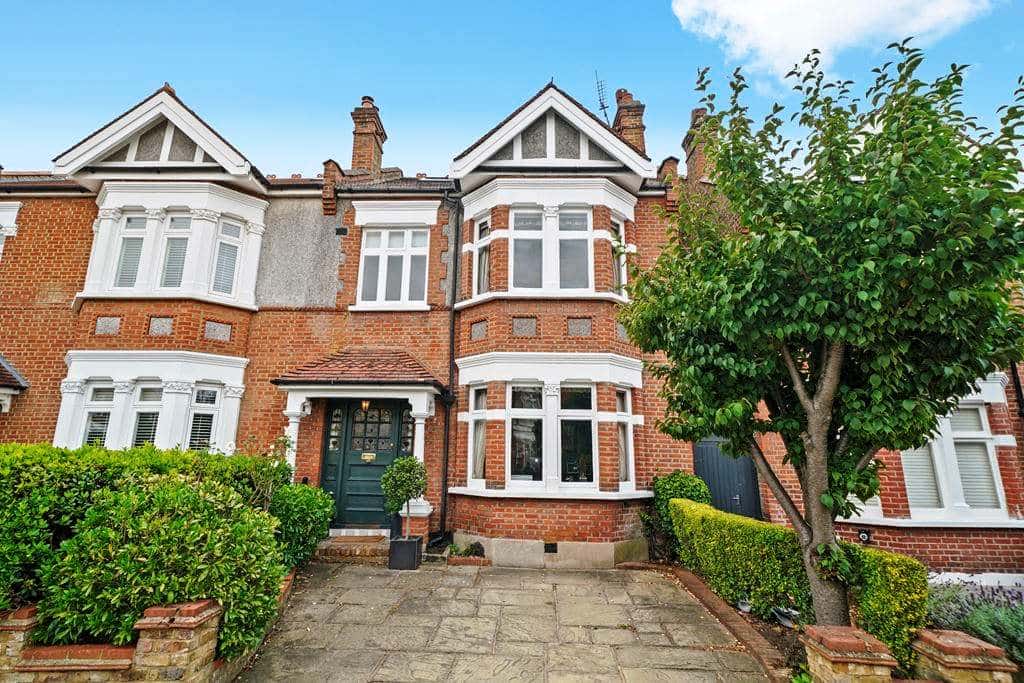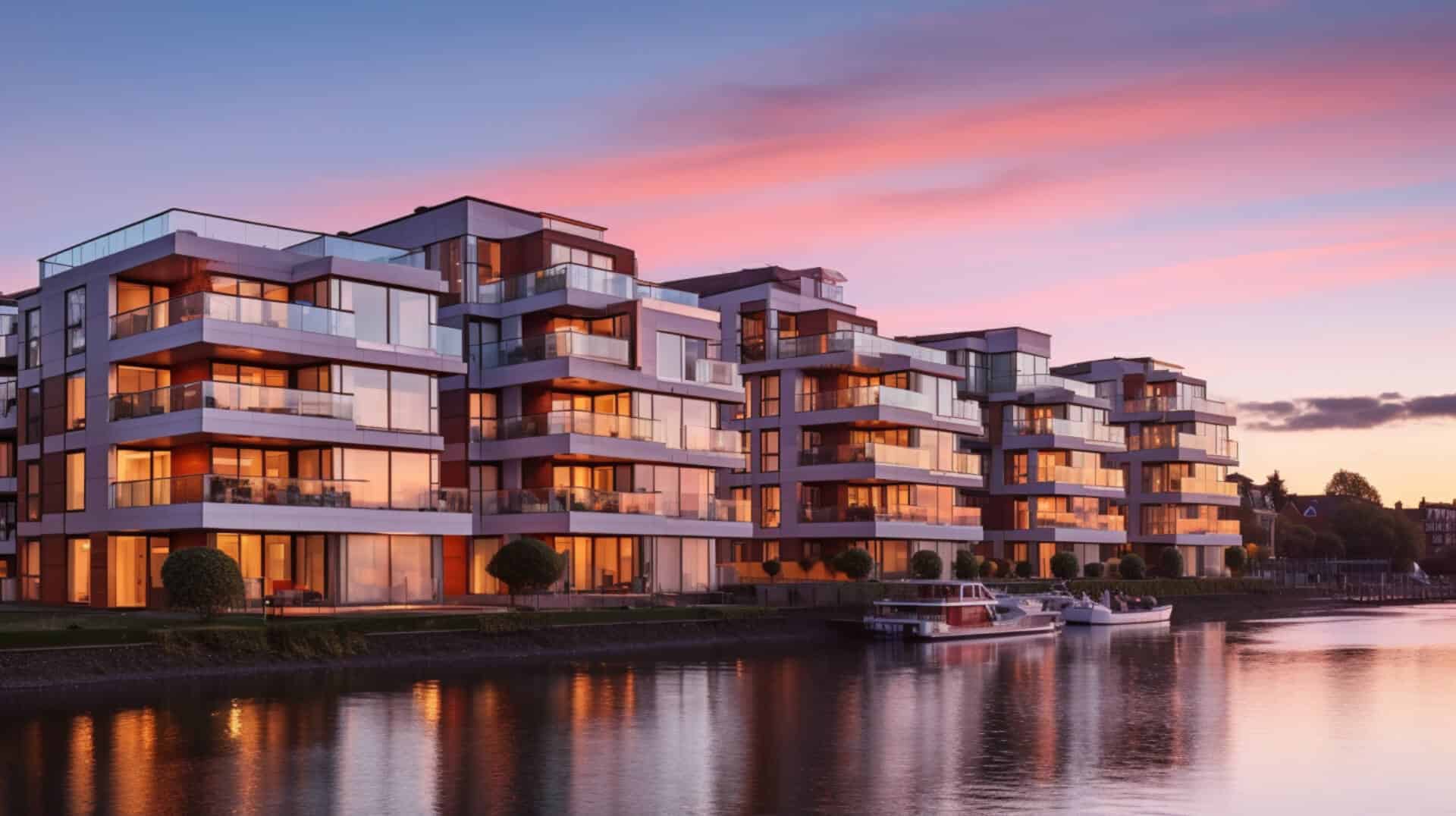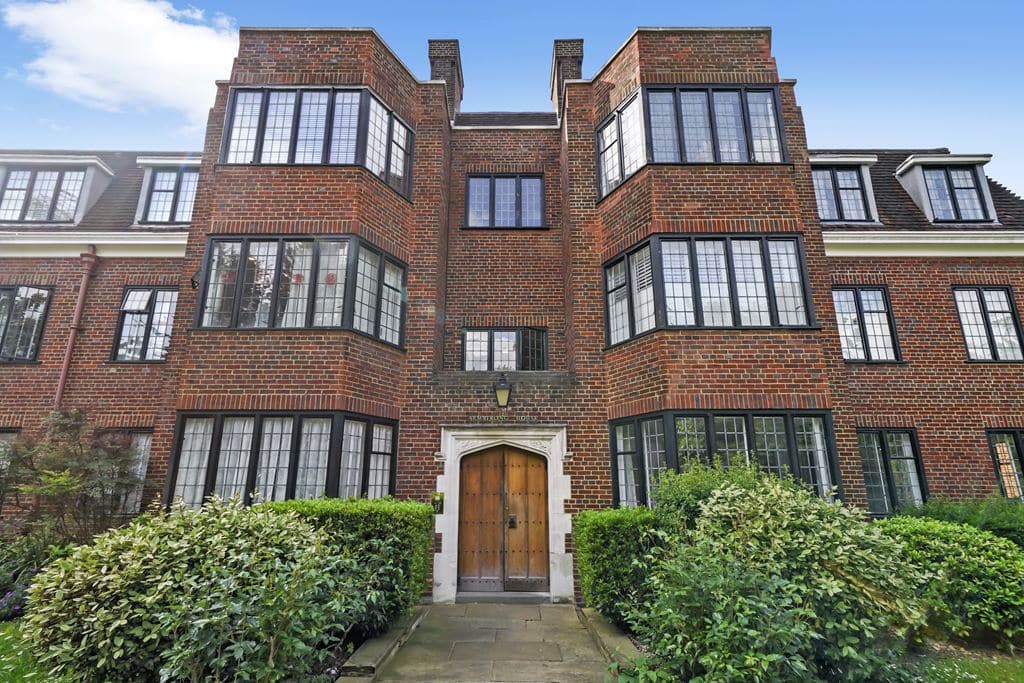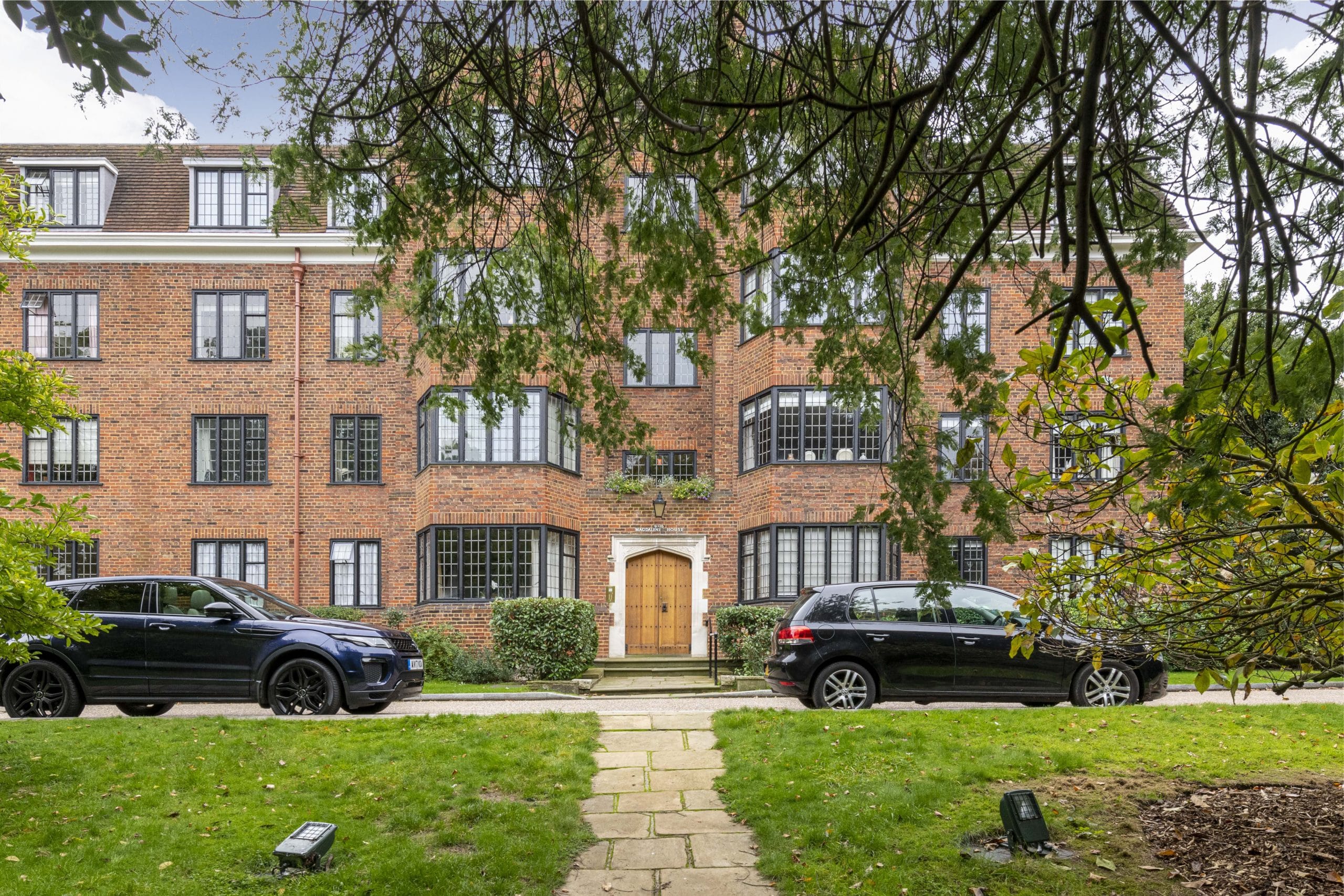
When buying property, knowing about the Putney conservation areas is advantageous. Altogether Wandsworth Borough Council has 46 conservation areas. While this does not affect minor work you might want to do to your home, other improvements or repairs might be restricted by article 4 directions. Local authorities decide on conservation areas under Section 69 of the Listed Buildings and Conservation Areas Act 1990. The act protects regions with historical or architectural interests, and for Putney, the region boasts many historical neighbourhoods worth preserving for future generations. With that in mind, let’s look at the most prominent conservation areas to know about in Putney.
Putney Conservation Areas
1: Oxford Road Conservation Area
Oxford Road features high-quality detached, semi-detached, and terraced Victorian houses. Most benefit from front gardens of varying sizes which create green residential areas. The conservation area runs parallel to Putney High Street and connects to Putney Bridge Road and Upper Richmond. Front gardens and street trees provide an essential green element. Homes along Oxford Road feature generous front gardens. Werter Road features mainly two-storey Victorian Gothic buildings arranged in semi-detached pairs. The oldest surviving structure, the boundary wall to Fairfax House Garden, dates from the 16th century. At the same time, Disraeli Road buildings are generally two or three storeys of brick construction with natural slate roofs. In addition, the four eastern Victorian buildings feature different styles than those to the west.
2: West Putney Conservation Area
This conservation area boasts six architectural traits, featuring Victorian houses in the north and east, with Edwardian houses in the central, south, and western regions. West Putney covers most of Putney Hill in the east and the Dover House Estate in the west. The northern boundary is Upper Richmond Road, and the southern border is Chartfield Avenue. Three-link roads traverse horizontally, Howard’s Lane, Hazlewell Road and Chartfield Avenue, with other roads drip-feeding from them. In addition, two separate and self-contained conservation areas, Coalecroft Road and Parkfields, have different characters, developed at earlier dates than land in the West Putney Conservation Area.
3: Dover House Conservation Area
When developed, Dover House Estate was called Roehampton to emphasise picturesque cottage-style homes and front gardens with privet hedges, green spaces and mature trees. It was the first cottage estate built by the L.C.C. shortly after the First World War. The Housing Act of 1919 incorporated generous subsidies for local authorities to build affordable housing for rent in response to political unrest after the war that led to the ‘Homes fit for heroes’ initiative. The aim was to build improved housing, adopting the critical characteristics of the Garden City Movement by rejecting the city and searching for an alternative based on the countryside and the village. As a result, cottages feature varying formality around communal green spaces, of which the size and shape vary considerably. Clustering cottages around intimate green spaces were deliberate attempts to create community spirit. Although the Estate comprises around 1215 homes, nothing repeats in appearance.
4: Westmead Area
The unique character of the Westmead conservation area focuses on three distinct phases of suburban development on the country estates of Dover House, Roehampton House, and Spencer Lodge. The first phase, a quiet suburban enclave, consists of four streets of Edwardian detached and semi-detached houses. The Westmead Conservation Area contains good quality and well-maintained homes, complemented by good-sized gardens and trees, some of which date from former country house estates. In the eighteenth century, the land which now comprises the Westmead Conservation Area contained only two houses: Spencer Lodge and Dover House, built in 1764 with about 40 acres of parkland. The development took place in three distinct phases.
5: Alton Area
The Alton Conservation Area covers 58.1 hectares and has more listed buildings, in particular Grade I and Grade II*, than any other conservation area in Wandsworth Borough. The constructions emphasise their listed status and are among Wandsworth Borough’s finest listed buildings. What promotes the area is atmospheric landscaping, historical layout, and architectural quality of buildings. Developed distinct historical eras and styles of Georgian, Victorian, and Post-War/Modernist architecture sit alongside distinctive landscaping, creating open space areas. Alton’s setting is of substantial historical and architectural interest as an example of eighteenth-century town planning. Alton contains 18th, 19th, and 20th-century buildings, all set within the parkland.
6: Deodar Road
The unique character derives from the riverfront setting of houses and close architectural similarities. The homes are the only ones in Wandsworth Borough to enjoy the Thames. Built immediately after 1896, they feature similar designs to those constructed mainly through developers Morrison and Hulbert of Fulham. The character is predominantly late Victorian, with some early Edwardian elements. The long front and back gardens are distinctive features. Deodar residential road stems from Putney Bridge Road to link Putney with Wandsworth. Deodar Road Conservation Area comprises late Victorian houses along the northern side of Deodar Road, with their rear gardens adjoining the Thames.
7: Coalecroft Road Conservation Area
The character of the Coalecroft Road conservation area focuses on small early Victorian farm workers’ cottages maintaining different identities to surrounding later residential developments. The Conservation Area sits south of Upper Richmond Road 1/3 miles away from Putney Town centre with transport links into central London. The conservation area is the west side only of Coalecroft Road, with the returns to Howard’s Lane and Hazlewell Road. The conservation area has limited materials, consistent size, scale, and close spacing of buildings and plots. This is in the late Georgian tradition of neat, regular cottages or villas and preserves semi-rural scales and appearance distinct from the more suburban residential townscape of the later 19th century and early 20th Century villas opposite.
8: Parkfields
The Conservation Area is on either side of Upper Richmond Road and features Victorian and Edwardian suburban houses. The area features two areas, Parkfields and the cottages and commercial premises on Upper Richmond Road and the so-called Nelson Houses along the north side of Upper Richmond Road. The two regions have little common history or character, apart from the date and rough similarity of building type. The conservation area divides into two sub-areas. Parkfields is different to suburban Putney. This narrow lane, lined by small cottages, is an intimate, quiet backwater in stark contrast to Upper Richmond Road. Houses and shops frame the entrance to Parkfields from Upper Richmond Road. Within Parkfields, there is a strong sense of enclosure reinforced by the generous planting in what remains of tiny front gardens.
9: Rusholme
Rusholme Road showcases distinctive late Victorian and early Edwardian residential architecture. The area consists of prestigious houses built for the aspiring middle classes. West Hill conservation area has quiet residential air, open space, and greenery with fine mature trees. From here, the architectural styles of various developers shine through. The region sits within residential parts of East Putney. West Hill links westward to Putney Heath and eastward to Wandsworth Town Centre. Lytton Grove connects with Putney Hill, leading to Putney Town Centre. Many properties utilise the roof space, and some have original basements.
10: Putney Lower Common
Putney Lower Common Conservation Area derives from the largely unspoilt grouping of high-quality buildings fronting semi-natural landscapes. The area has an architectural homogeneity resulting from its development during the mid to late Victorian period and possesses various architectural features. The buildings, especially the church, contribute to its rural village atmosphere. The area frames the edge of Putney Lower Common. The houses on Lower Common South are fine examples of High Victorian domestic architecture. Although designed together, they are each individually detailed. However, some properties have suffered ill-designed roof additions and elevational changes which detract from their appearance.
11: Roehampton Village
Despite the changes over hundreds of years, Roehampton Village Conservation Area still promotes its 17th-century beginnings. Within the village are four markedly different sub-areas, each with its distinctive character. These are: the shops along the High Street, including the King’s Head public house; the working class, cottage-style housing along Medfield Street; the educational and religious buildings around Ponsonby Road associated with the larger homes here and in Alton Road; and the mixed commercial and community uses along Roehampton Lane. The village’s close physical and visual relationship to Putney Heath is a determining factor. These small village shops help convey rustic Georgian charm. Also notable on the path from the north are the surviving Georgian country houses.
12: Putney Embankment
The character of the Putney Embankment conservation area is the unique riverside location, boathouses, former wharf, and old extant buildings in Putney. As Putney’s first development, the site contains buildings from more periods of history than any other in Putney, with the oldest being St. Mary’s Church, which began circa 1450. Still, most are predominantly late Victorian and Edwardian, owing to the 19th-century population increase and rebuilding of historic Putney at that time. The mid-nineteenth century boathouses give the area unique character reflecting their riverside location and evoking the newly-found leisure time. The conservation area bears some similarities to others in Wandsworth Borough. Still, the riverside setting, wharf, embankment, and boathouses, coupled with the deliberate 1890s landscaping, ensure the area is unique within London. While the high quality of Georgian, Victorian, and Edwardian buildings ensures this is one of the many desirable Putney conservation areas.
For more information about conservation areas and how to apply for planning permission, see the Wandsworth Local Council website or contact our office today. Also see our article about the best places to live in Putney.

